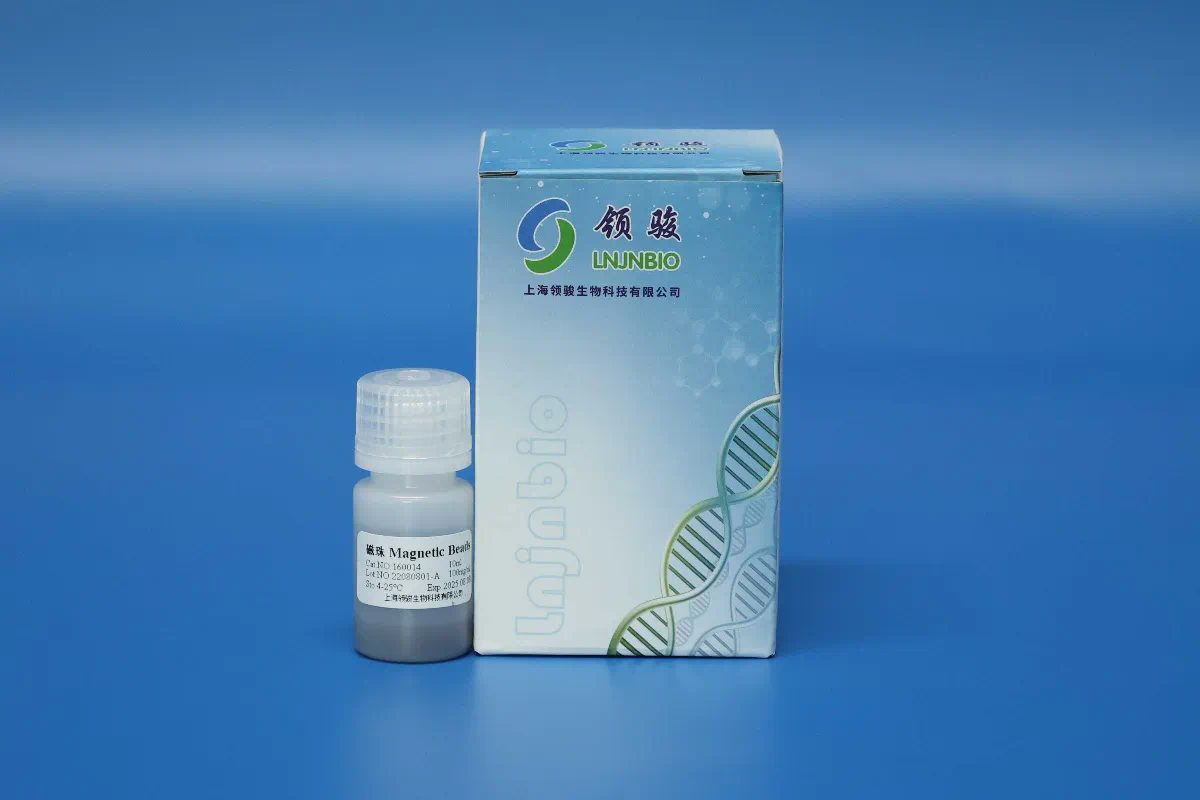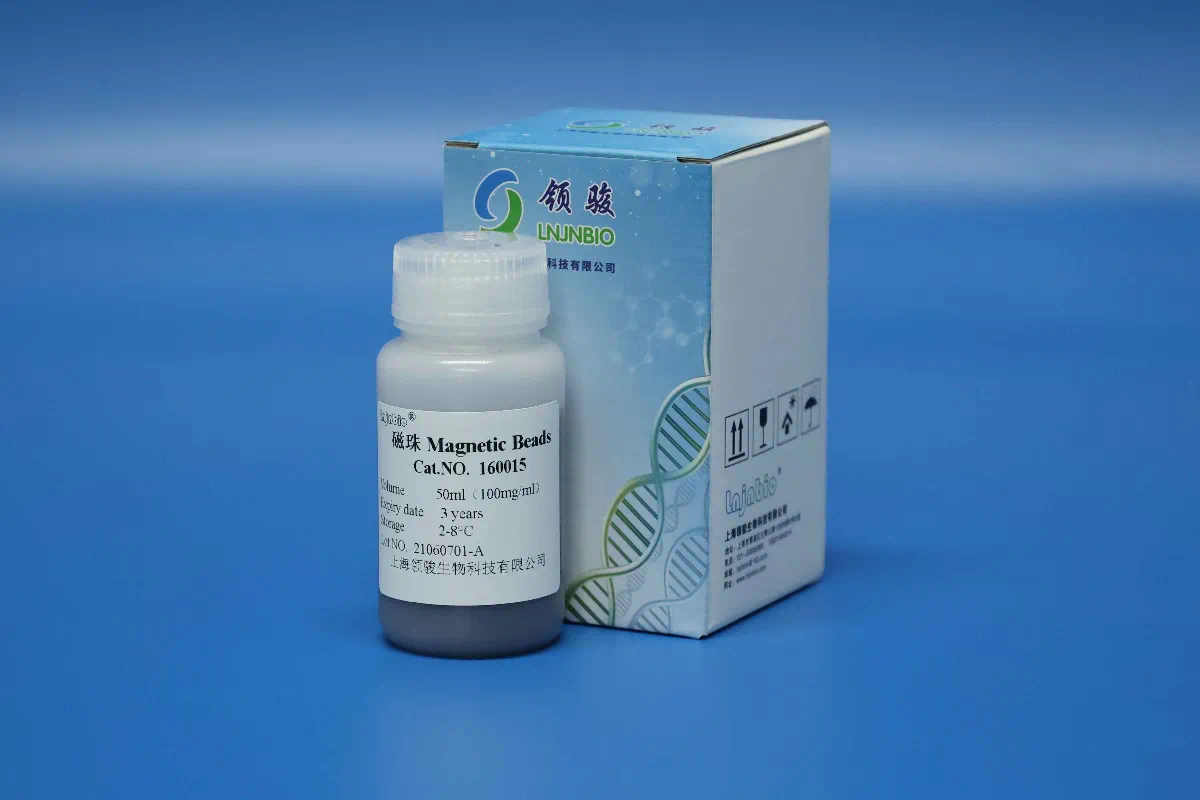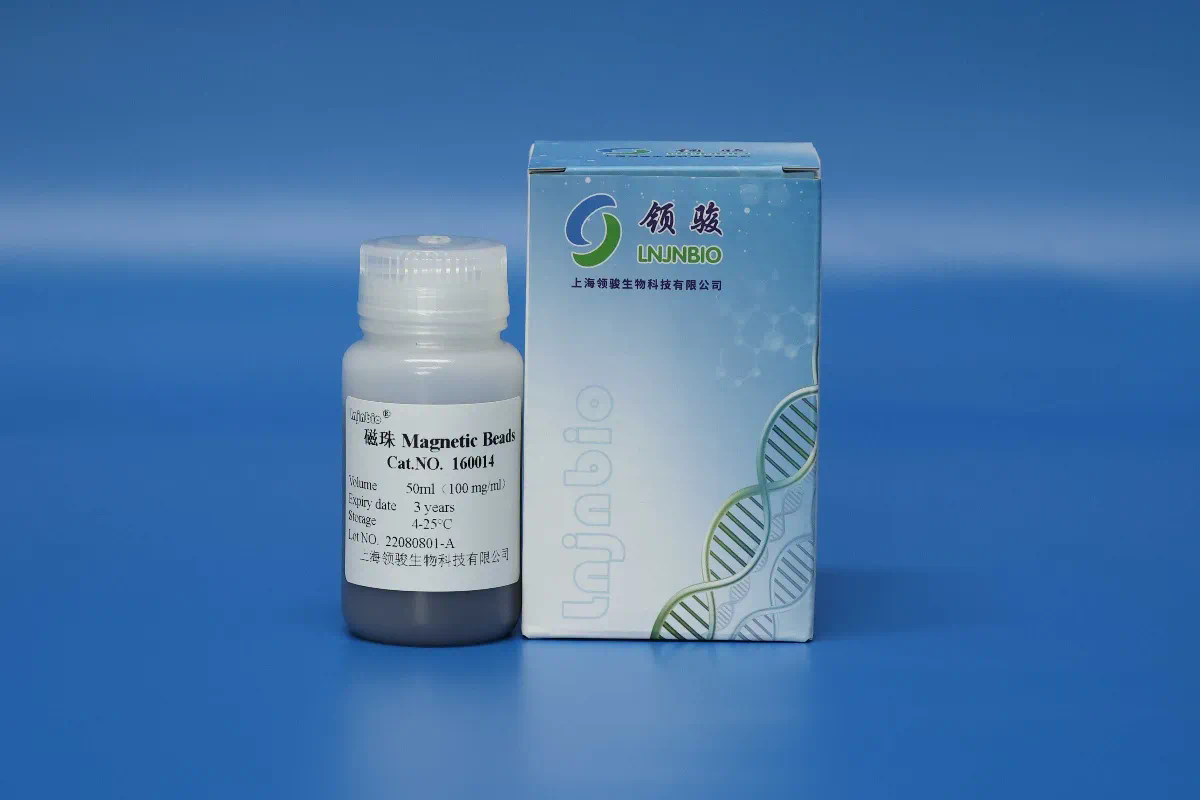Technical Difficulties and Solutions for Blood Genomic DNA Extraction
The extraction of genomic DNA from blood is a fundamental procedure in molecular biology, used for various applications such as genetic testing, forensic analysis, and research swab-like nucleic acid extraction studies. However, this process can present numerous technical difficulties that can affect the yield and quality of DNA extracted. Understanding these challenges and implementing effective solutions is crucial for obtaining reliable and reproducible results.
Understanding Blood Composition
Blood is composed of various components, including red blood cells, white blood cells, plasma, and platelets. The cellular components must be isolated to access the genomic DNA effectively. While whole blood contains approximately 45% red blood cells, the remaining 55% is plasma and other cellular elements. When extracting DNA, it is typically the leukocytes (white blood cells) that are of primary importance since they contain the nucleus where genomic DNA is located.
Challenges in Blood DNA Extraction
1. Cell Lysis Efficiency
One of the primary challenges in blood DNA extraction is the efficient lysis of cells. Red blood cells do not contain DNA, but their presence can complicate the extraction process. If not lysed properly, they can contaminate the sample. Additionally, the presence of hemoglobin can interfere with downstream applications, such as PCR.
2. Inhibitory Substances
Blood contains various substances that can inhibit enzymatic reactions during DNA extraction. Proteins, heme, and certain metabolites can hinder the performance of enzymes like DNA polymerases. This inhibition can lead to poor amplification yields in applications such as qPCR or sequencing.
3. DNA Fragmentation

During the extraction process, mechanical shear forces and chemical treatments can lead to DNA fragmentation. This is particularly problematic when working with long genomic sequences, which are essential for certain types of analysis. Maintaining DNA integrity is vital for applications like whole genome sequencing.
4. Contamination Risks
The risk of contamination is ever-present in biological samples. Cross-contamination from reagents, equipment, or even other samples can compromise the integrity of the extracted DNA. Proper aseptic techniques and the use of dedicated equipment are necessary to mitigate these risks.
5. Low Yield
Achieving a sufficient yield of high-quality DNA can be problematic, especially when working with small blood volumes or degraded samples. Low yield can significantly hinder downstream applications, making optimization critical.
Solutions to Overcome Technical Difficulties
1. Optimizing Cell Lysis Protocols
To improve cell lysis efficiency, it is essential to select appropriate lysis buffers and conditions. Using commercially available kits specifically designed for blood DNA extraction can streamline this process. These kits often contain optimized lysis buffers that enhance the breakdown of cell membranes while minimizing the release of inhibitors.
2. Inhibitor Removal Techniques
Implementing methods to remove potential inhibitors is crucial for successful DNA extraction. Techniques such as phenol-chloroform extraction can help eliminate proteins and other contaminants. Additionally, using silica column-based purification methods allows for the selective binding of DNA, effectively removing inhibitory substances from the solution.
3. Maintaining DNA Integrity
To prevent DNA fragmentation, it is important to handle samples gently throughout the extraction process. Using low-shear techniques and avoiding excessive pipetting can help preserve DNA integrity. Enzymatic methods that utilize gentle lysis conditions can also reduce the likelihood of shearing.
4. Implementing Strict Contamination Controls
To minimize contamination risks, laboratories should adopt strict protocols. This includes using aerosol-resistant tips, maintaining separate areas for pre- and post-PCR workflows, and regularly decontaminating surfaces and equipment. Implementing positive controls can also help identify contamination issues early in the workflow.
5. Maximizing DNA Yield
To increase DNA yield, several strategies can be employed. Using larger blood volumes can enhance the amount of DNA collected. Additionally, optimizing the incubation times and temperatures during lysis and purification steps can contribute to higher yields. Regularly calibrating pipettes and using precise measurements also play a significant role.
Advancements in Blood DNA Extraction Technologies
Recent advancements in extraction technologies have led to more efficient and user-friendly methods for obtaining genomic DNA from blood. Automated systems and liquid handling robots can minimize human error and variability, leading to more consistent results.
1. Magnetic Bead-Based Extraction
This technology utilizes magnetic beads that bind to DNA, allowing for easy separation from the sample matrix. The ability to incorporate automation has made this method popular for high-throughput laboratories, increasing both efficiency and reproducibility.

2. Microfluidics
Microfluidic devices offer a novel approach to DNA extraction by manipulating small volumes of fluid with precision. These systems can integrate multiple steps of the extraction process into a single platform, reducing the potential for contamination and improving overall yield.

3. Nanotechnology serum/plasma viral nucleic acid extraction Applications
The use of nanomaterials in DNA extraction is an emerging area of research. Nanoparticles can enhance the binding capacity for DNA and facilitate selective extraction methods. This can result in higher yields and purity, especially in low-concentration samples.
Future Perspectives
As technology continues to evolve, the field of blood genomic DNA extraction is poised for further innovations. Developing more robust extraction protocols that are adaptable to varying sample types and conditions will be crucial. Additionally, the integration of artificial intelligence in analytical methods may provide new insights into optimizing extraction techniques based on large datasets.
Conclusion
The extraction of genomic DNA from blood is a complex process fraught with challenges. By understanding the intricacies involved and employing targeted solutions, researchers can significantly improve the efficiency and reliability of their DNA extraction protocols. As advancements in technology continue to emerge, the future of blood genomic DNA extraction holds great promise for enhancing research capabilities and clinical applications.
https://abcicon.com/
